Mold & Indoor Air Quality Testing
SEA Inc. Providing Mold & Indoor Air Quality Testing in Arkansas, South Carolina & North Carolina
Our Mold & Indoor Air Quality Testing Services in Arkansas & South Carolina
SEA Inc. is a leading provider of mold and indoor air quality testing services for residential and commercial properties in Arkansas. With years of experience in the industry, the company offers comprehensive testing solutions to identify and address issues related to mold, allergens, and other indoor air pollutants. The company utilizes state-of-the-art equipment and techniques to perform accurate and reliable testing, and their team of certified professionals are experts in identifying and mitigating indoor air quality issues. SEA Inc. is committed to providing their clients with the highest level of service and support, ensuring that their indoor environments are safe, healthy, and comfortable for all occupants. Whether you are concerned about the presence of mold, allergens, or other indoor air pollutants, SEA Inc. has the expertise and resources to help you address these issues and achieve a healthier indoor environment.
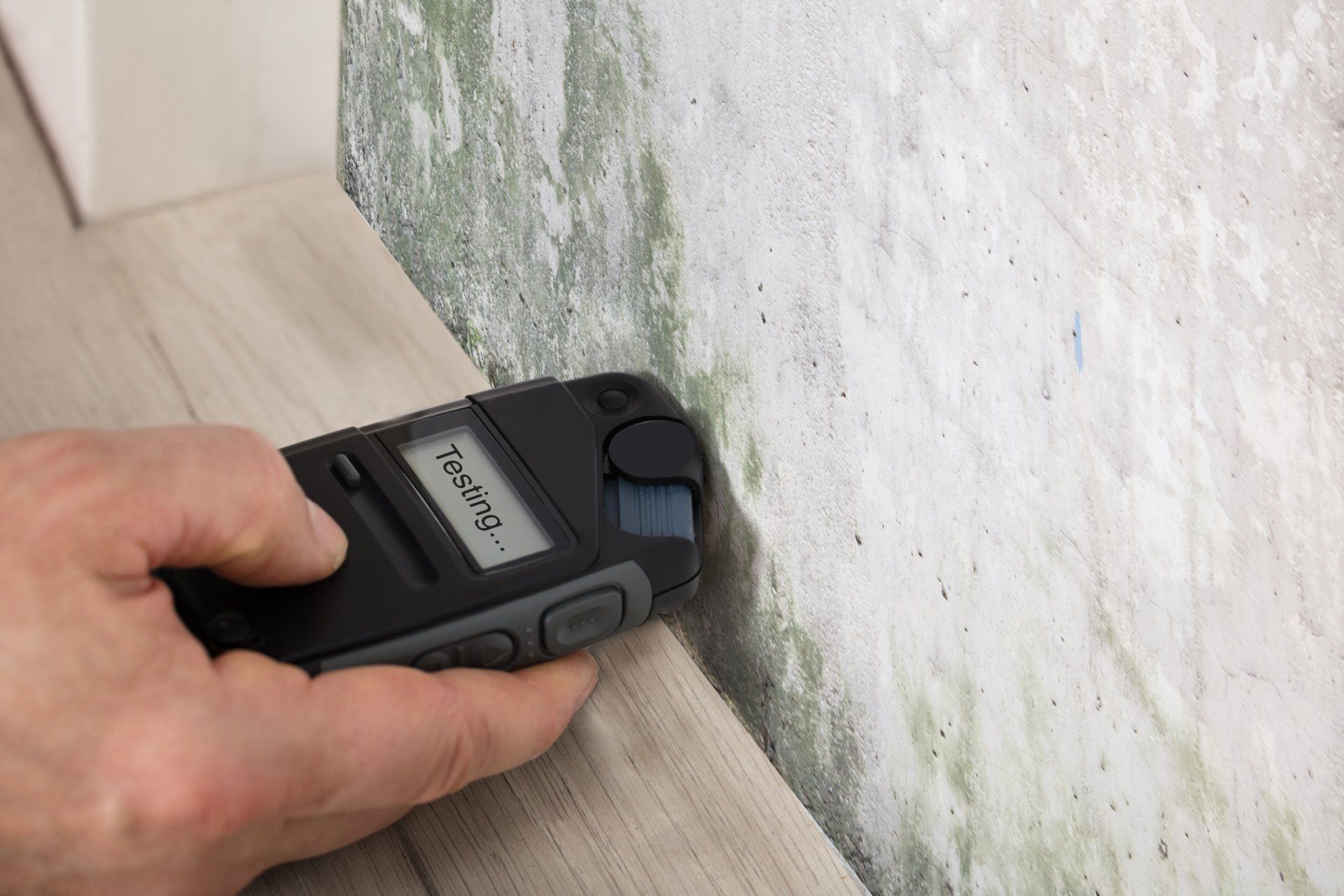
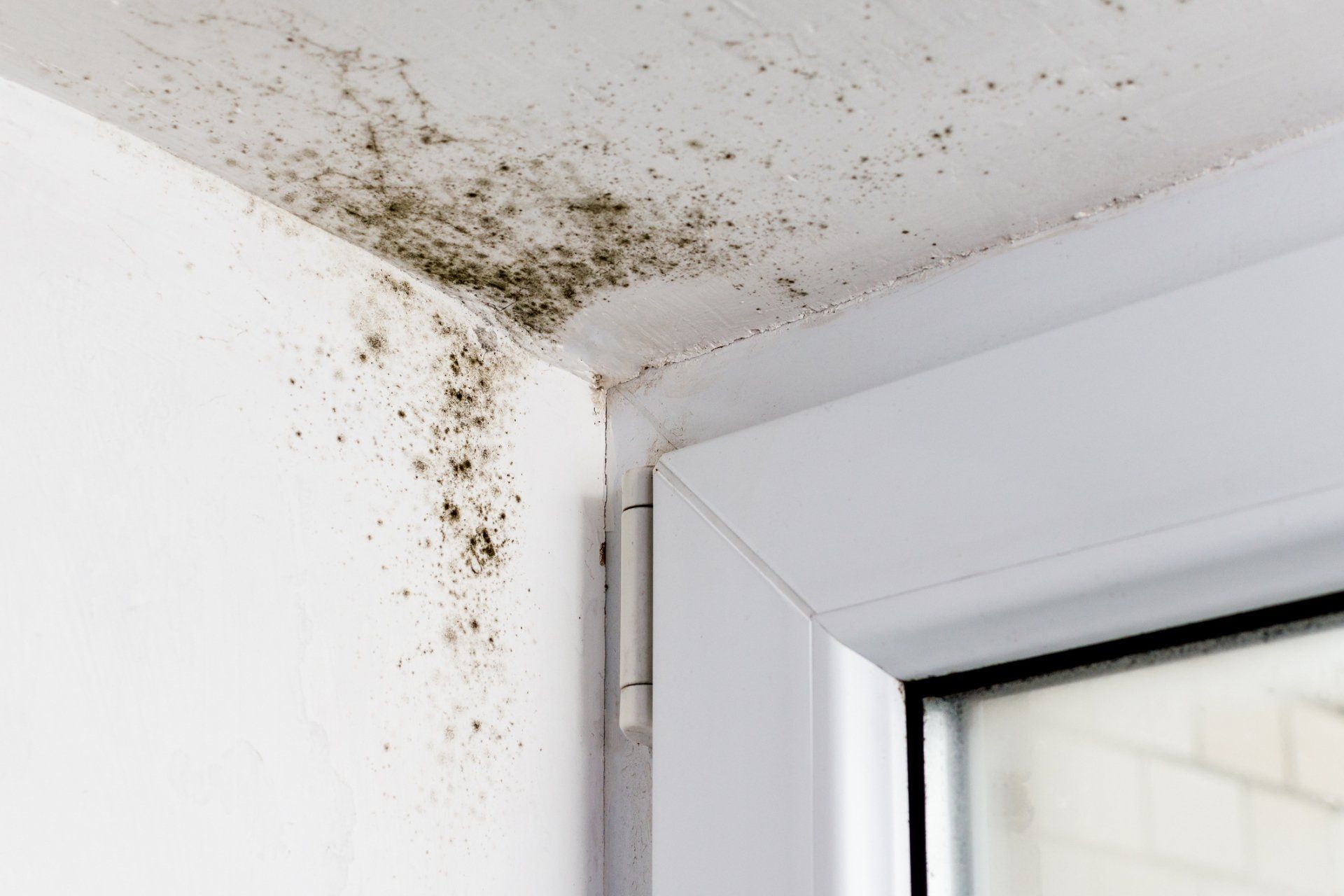

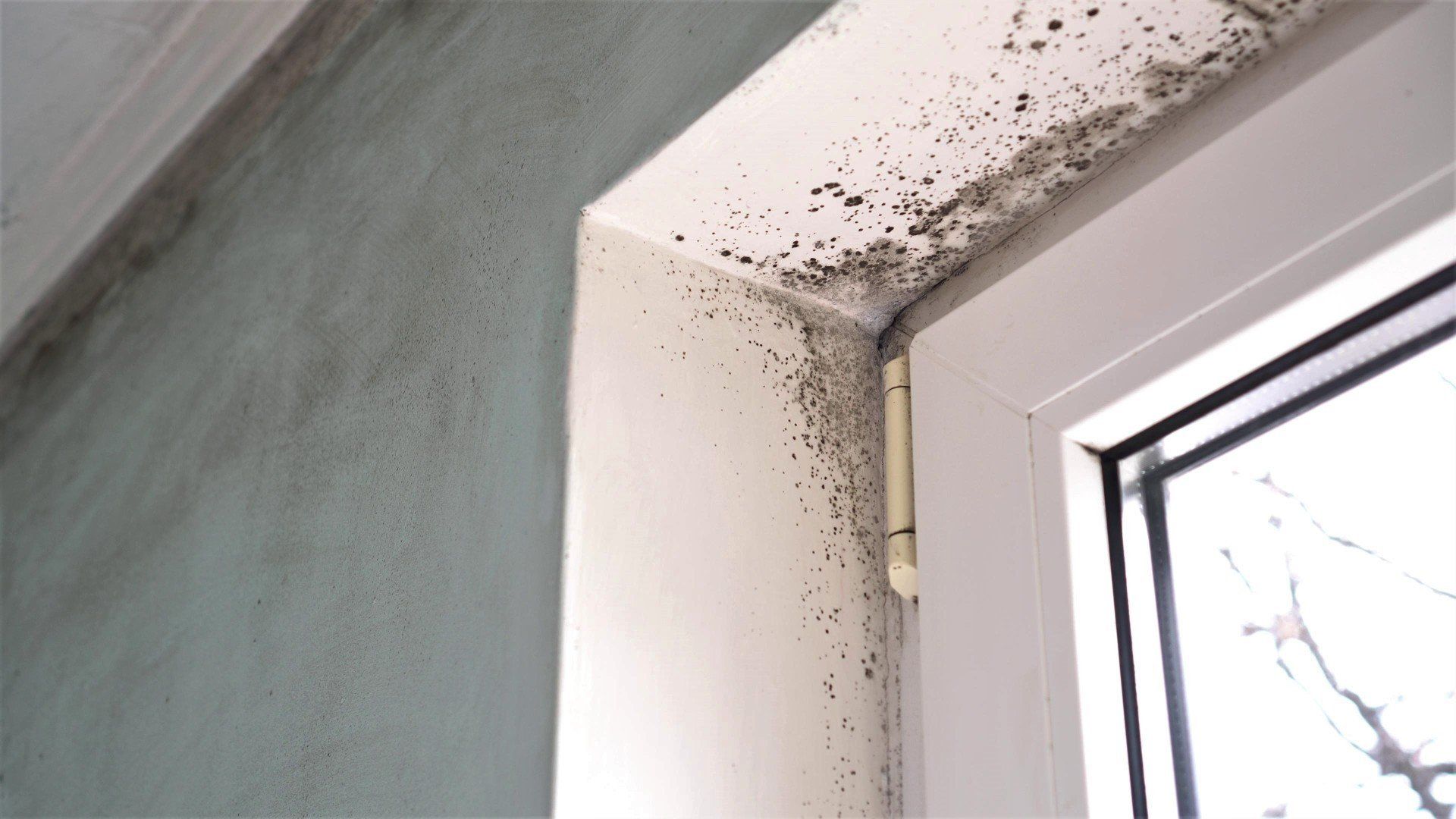
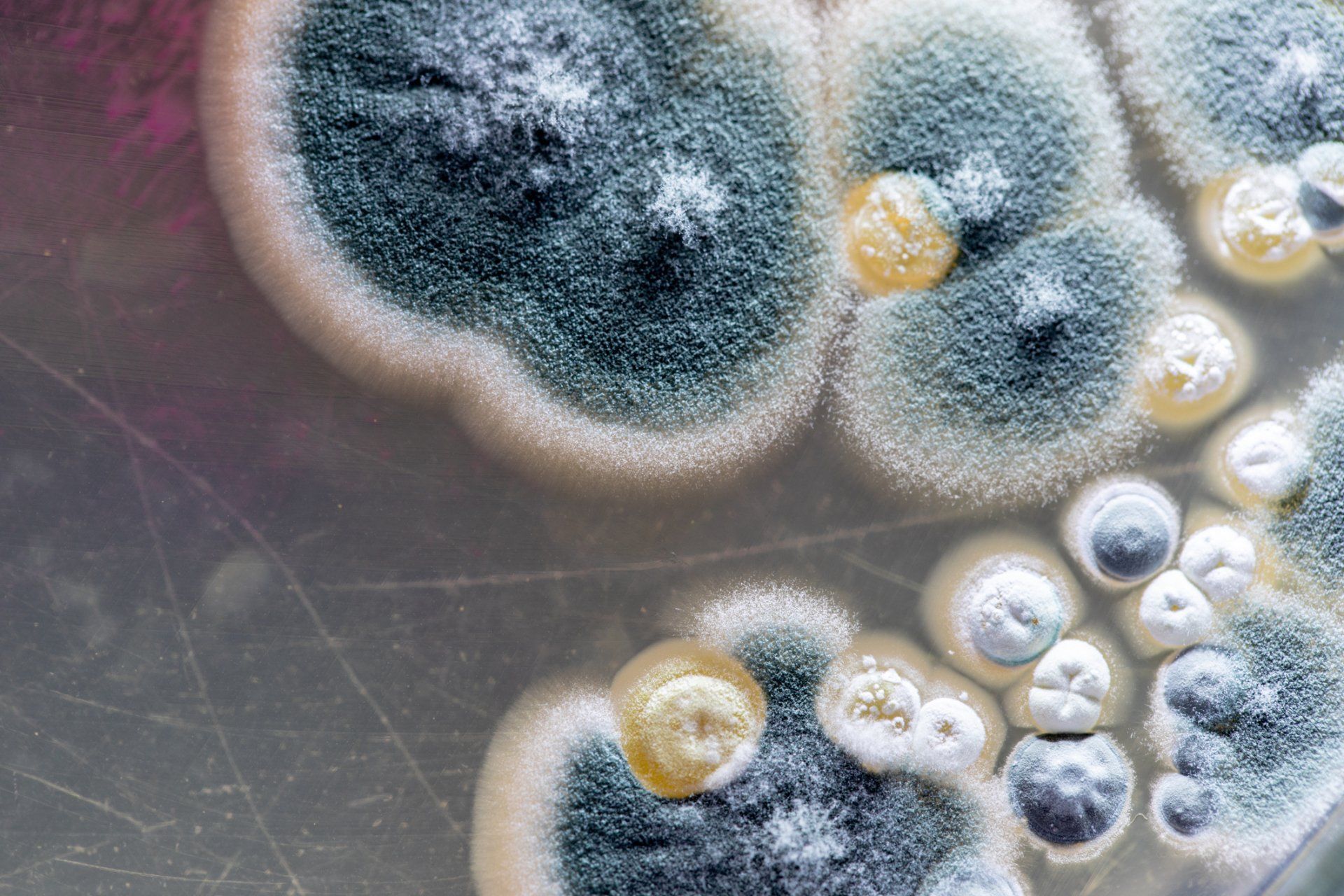
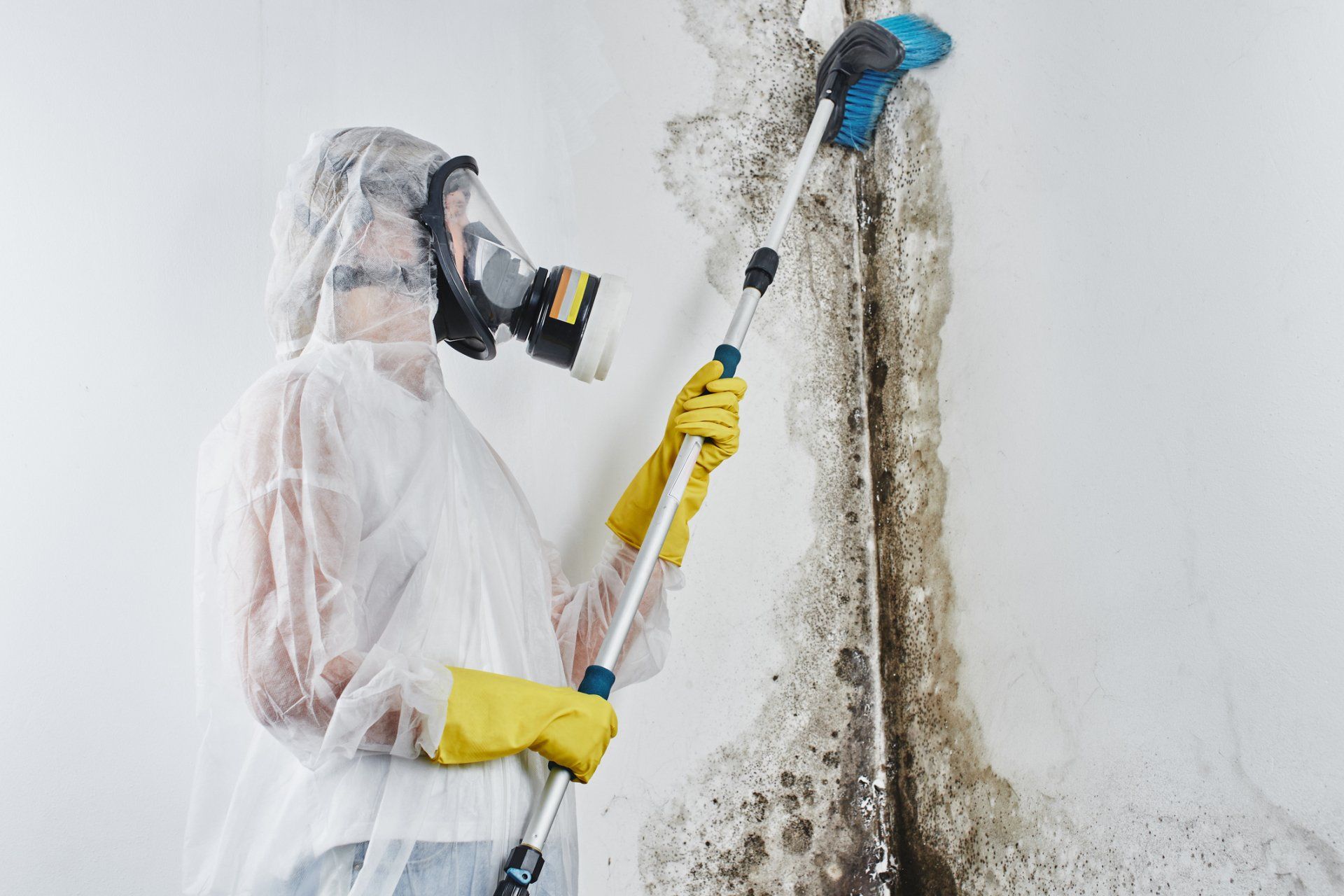
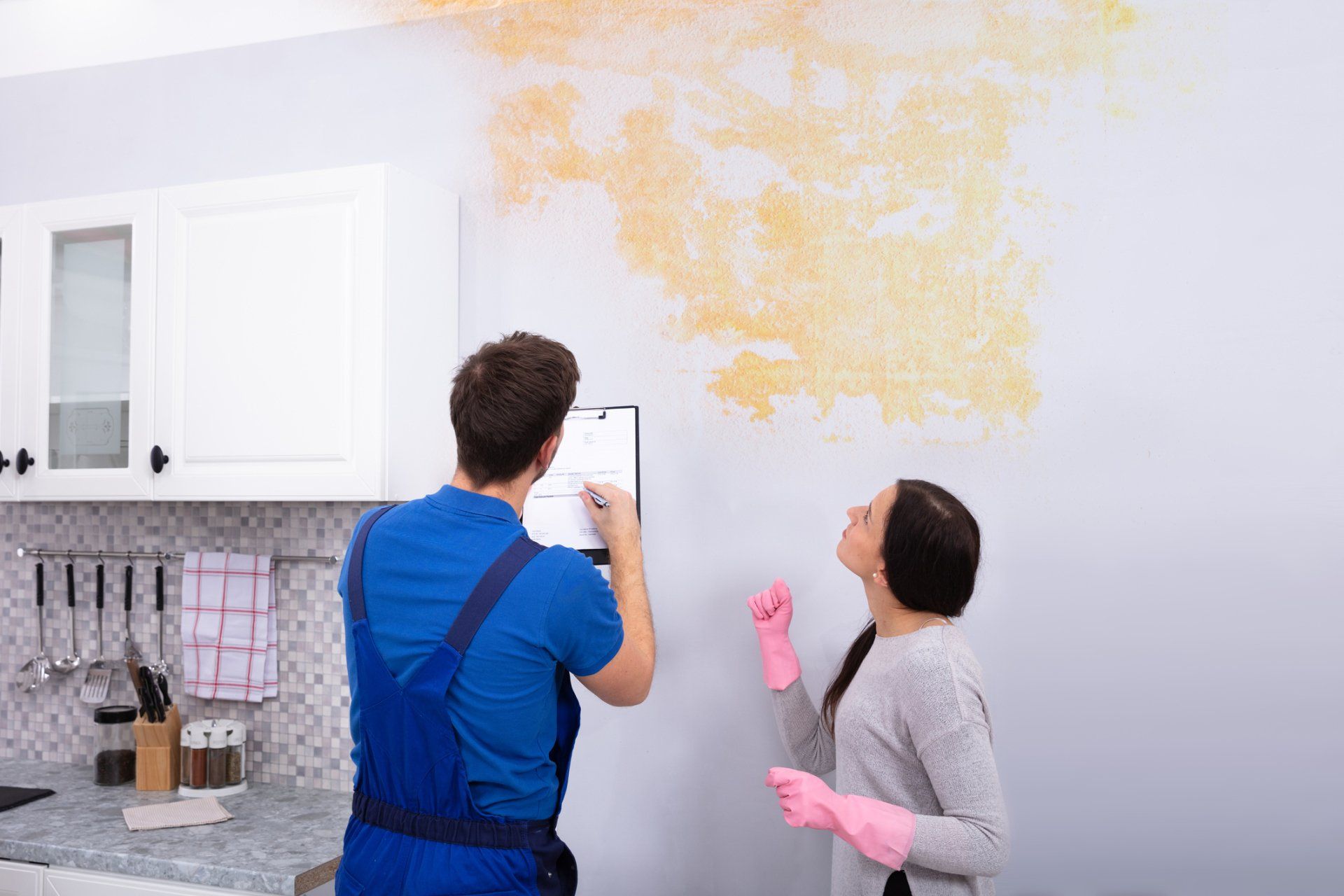
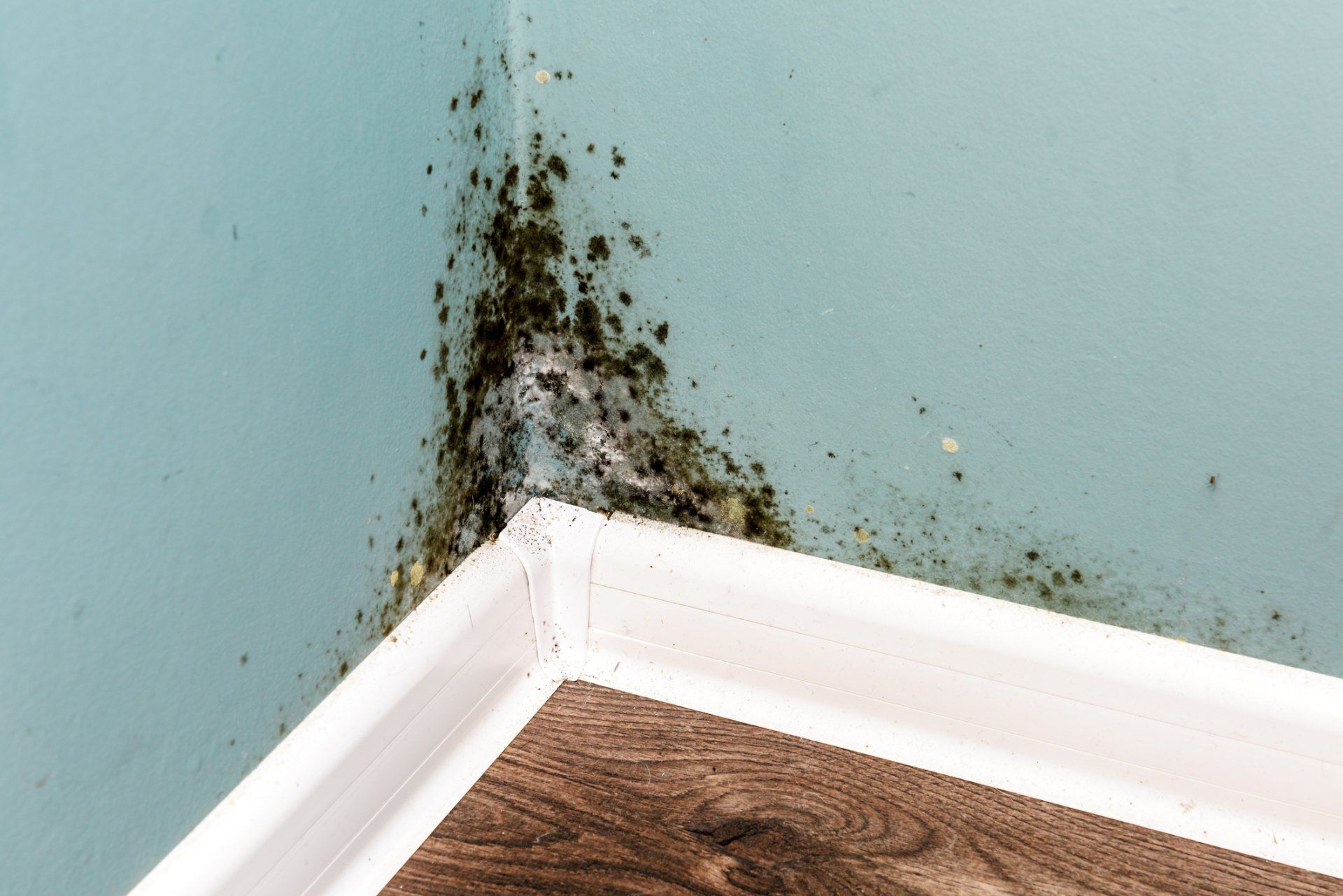
10201 W. Markham Suite 317
Little Rock, Arkansas 72205
Phone: 888-374-3442
1750 Highway 160 West, Suite 101-147
Fort Mill, SC 29708
Phone: 839-400-2223
Our Hours
- Mon - Sun
- Open 24 Hours
SEA Inc. | Powered by Flypaper | All Rights Reserved | Privacy Policy

